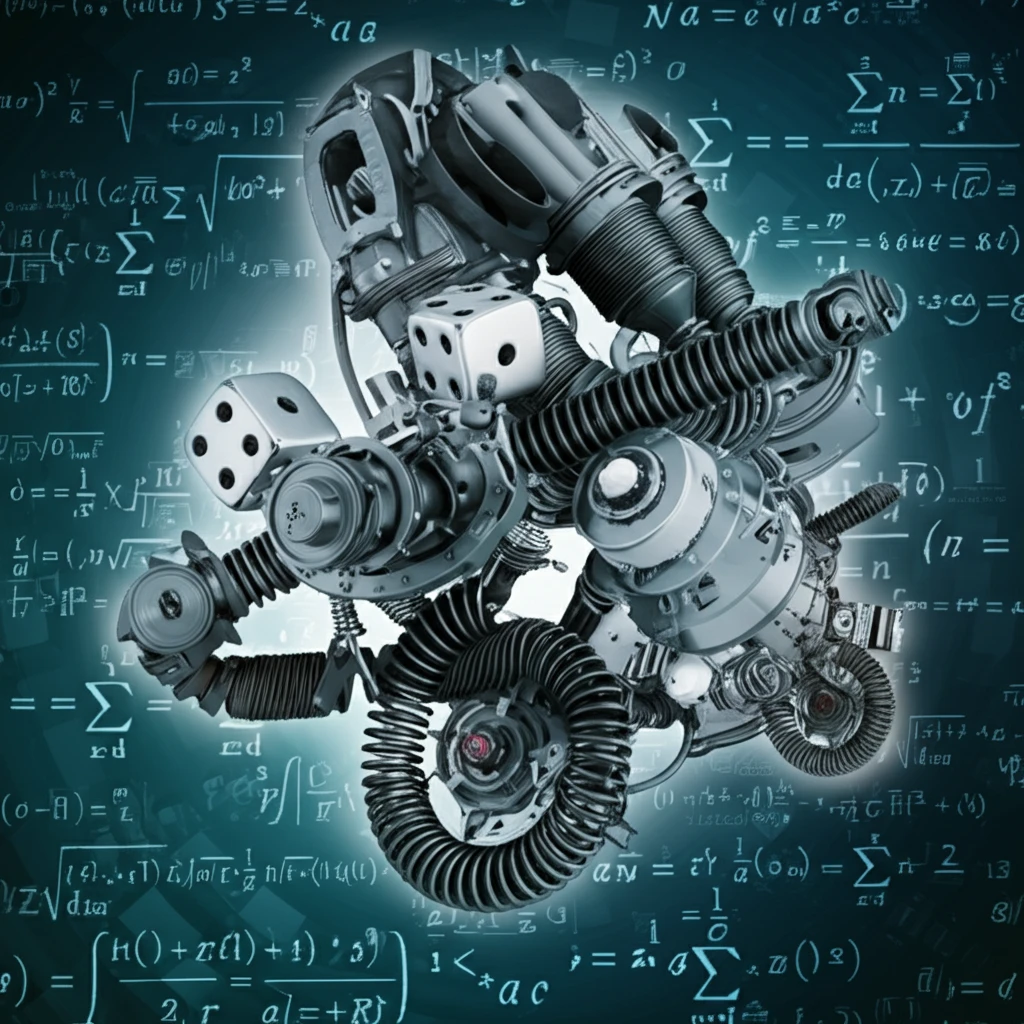
Unlocking the Secrets of Stirling Numbers: A Probabilistic Twist for the Modern Age
"Explore how a new probabilistic approach is revolutionizing the understanding and application of Stirling numbers in various fields, offering fresh insights and practical solutions."
Stirling numbers, those seemingly arcane mathematical constructs, have quietly underpinned countless calculations and models across diverse fields for centuries. From combinatorics to calculus, they provide essential tools for problem-solving. Yet, their traditional applications often remain confined to the realms of pure mathematics. But, what if we could breathe new life into these numbers, making them more accessible and relevant to our data-driven world?
Enter the probabilistic generalization of Stirling numbers—a groundbreaking approach that infuses these classical numbers with the fluidity of probability theory. This innovative method not only simplifies complex calculations but also unlocks new applications in areas ranging from statistics to computer science. It’s akin to giving an old engine a modern, high-performance upgrade.
In this article, we'll explore this probabilistic twist, revealing how it's reshaping our understanding and application of Stirling numbers. Whether you're a seasoned mathematician, a curious data scientist, or simply someone intrigued by the beauty of numbers, prepare to discover how this mathematical advancement is changing the game.
What Are Stirling Numbers of the Second Kind, and Why Should You Care?

Stirling numbers of the second kind count the number of ways to partition a set of n objects into k non-empty subsets. Imagine you have n different tasks to assign to k teams, ensuring each team has at least one task. The Stirling number S(n, k) tells you exactly how many ways you can do this. These numbers pop up in various contexts, from calculating probabilities to analyzing algorithms.
- Data Analysis: Simplified statistical modeling and analysis of complex datasets.
- Computer Science: Improved algorithm design and performance analysis.
- Cryptography: Enhanced security protocols and data encryption methods.
- Physics: Better understanding of particle distribution and quantum mechanics.
The Future of Stirling Numbers: Embracing Uncertainty
The probabilistic generalization of Stirling numbers represents a significant step forward in making abstract mathematical concepts more accessible and applicable. By embracing the power of probability, we unlock new tools for understanding and solving complex problems across various disciplines. As we continue to explore this innovative approach, expect to see even more groundbreaking applications emerge, further blurring the lines between pure mathematics and real-world problem-solving. It is an exciting journey, with its simplicity and complex usage. If data is everywhere then data is also mathematics, and mathematics is data. If the modern age can adapt to data, it can also adapt to mathematic revolutions.
